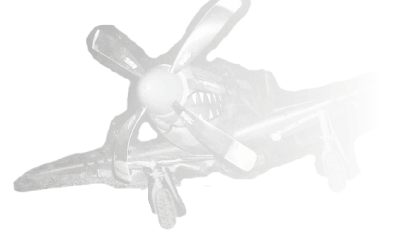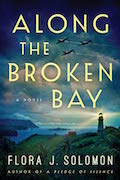Along the Broken Bay
Flora J. Solomon
Claire Phillips “High Pockets.”
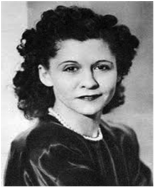
Michigan born; Oregon bred. Claire owned the Tsubaki Club, the hottest nightspot in Manila for Japanese officers. In reality—she was an American spy. Claire earned the code name High Pockets, because she carried messages in her brassiere.
Quote from her 1947 memoir, Manila Espionage, telling what compelled her to sail to the Philippines on the cusp of a Japanese invasion: “Call it restlessness, fate, wanderlust or the whirligig of chance. Maybe I was not fond of sitting in the wings.”

Claire was profiled in Hamilton Sides 2001 book Ghost Shoulders, and Peter Eisner’s 2017 book MacArthur’s Spies, and the 1951 movie, I Was an American Spy, starring Anne Dvorak
She received the Medal of Freedom, the nation’s highest civilian honor in 1948.
Along the Broken Bay’s fictional depiction: Angelina Capelli Thorpe
Margaret Utinsky “Miss U.”
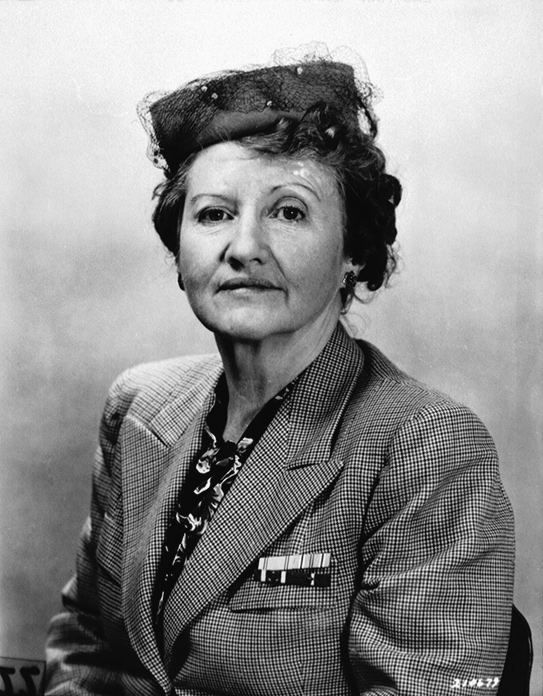
A feisty Red Cross nurse from Missouri, Margaret smuggled supplies into O’Donnell prison camp in returning ambulances. After her capture and 30 day imprisonment by the Kempeitai, the Japanese secret police, she fled to the mountains to aid the guerrillas.
Quote from her 1948 memoir Miss U: Angel of the Underground: “I was born Peggy Doolin, and having Irish blood, I don’t like being told what to do. Thank God, I have never followed advice, even when it was good.”

Margaret was featured in the 2005 film, The Great Escape, her character played by Connie Nielsen.
She received the Medal of Freedom, the nation’s highest civilian honor in 1946.
Along the Broken Bay’s fictional depiction: Clara Jacobs
John Boone, Guerrilla leader

As a 29 year-old corporal in the United States 31st Infantry, John Boone wouldn’t surrender to the Japanese when they swept through Bataan capturing or killing Allied soldiers. Separated from his unit, he headed for the hills where he patched together a guerrilla army made up of stragglers and deserters.
Boone’s first major insurgency hit a jackpot. Taking advantage of the chaos after the fall of Bataan, he hiked his unit to Pilar, a small coastal town, in hopes of finding abandoned weapons. The haul included automatic weapons and crates of ammunition, as well as a huge stash of medical and surgical supplies, and many quart sized jars of medicines such as sulfa and quinine that lasted his unit for months.
Boone married Filomena (Mellie) Guerrero while living in the hills of Bataan. She carried supplies and messages between Claire Phillips and the guerrillas.

Over time, Boone’s stragglers grew to a full-scale guerrilla army of thousands who harassed the Japanese, infiltrated their units, and collected intelligence that he sent to General MacArthur stationed in Australia.
He received the Distinguished Service Cross for extraordinary heroism in connection with military operations against an armed enemy.
Along the Broken Bay’s fictional depiction: Davy McGowan
General Manual Roxas and Judge Mamerto Roxas
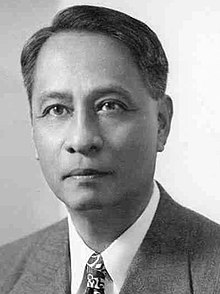
When in the Philippines, Claire married Manuel Fuentes and through him, she became a member of the powerful Roxas family. In the late 1930’s General Manual Roxas was the Philippine government liaison to General Douglas MacArthur and Judge Mamerto Roxas was the most respected judge in the country. After the invasion, both men played the role of supporting the puppet government while secretly working with the U.S. and Filipino guerrillas
Having the Roxas family connection and their willingness to help her, paved the way for Claire to work in Manila and to secure the resources needed to make the Tsubuki Club a successful underground endeavor.
After the war, General Manual Roxas became the 5th president of the Philippines. He served from 1946 until his death in 1948.
Along the Broken Bay’s fictional depiction: Salvador and Franca Estevez
Isoroku Yamamato

It’s a little-known fact that the man who masterminded the attack on Pearl Harbor was the same man who lobbied most loudly against it.
Quote: “What a position I find myself in, having been assigned the mission diametrically opposed to my own personal opinion, with no choice but to push full speed in pursuance of that mission. Alas, is that fate?”
As a young man Yamamato studied electrical engineering at Harvard University and served two postings as a naval attaché in Washington DC.
Quote: “Anyone who has seen the auto factories in Detroit and the oil fields in Texas knows that Japan lacks the national power for a naval race with America.”
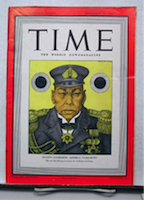
For years after the war, Yamamato was hated in the United States and personified as the epitome of evil. In reality he was a complex, broadminded individual, who read and studied extensively, was loyal to his country while also greatly admiring Abraham Lincoln, whom, in the admiral’s opinion, was the champion of human freedom.
Fun Fact: Yamamato didn’t drink. He preferred high-stakes gambling, cards or dice, or to spend his evenings in Tokyo’s geisha district where the women named him “80 sen,” because a manicure cost 100 sen, and Yamomato, having only eight fingers, demanded a discount.
Along the Broken Bay’s fictional depiction: Admiral Akia Tanaka
